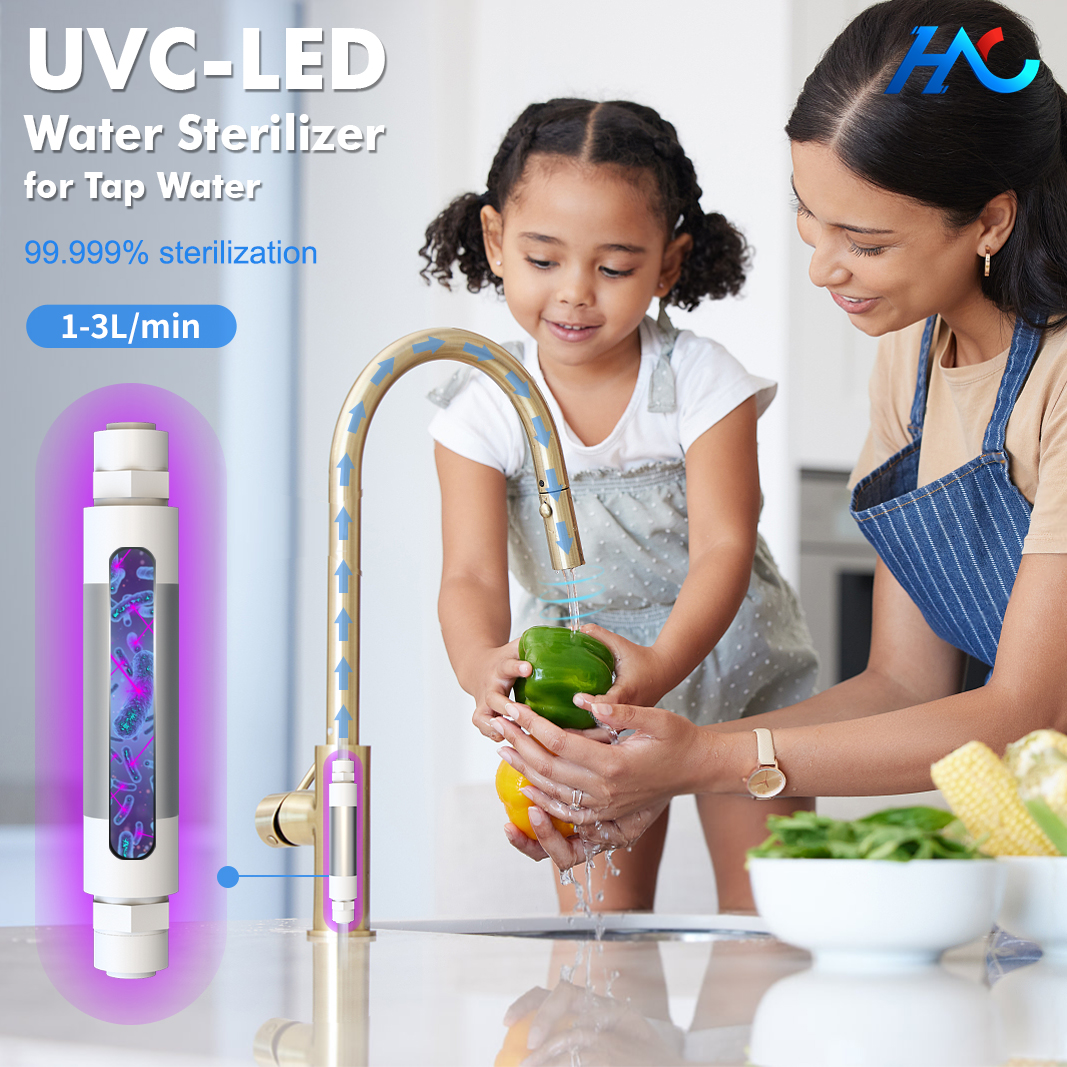
Ultraviolet (UV) radiation is divided into three different wavelength range: 1. UV-A: 315-400 nanometers (nm), 2. UV- B: 280-315 nm, and 3. UV-C: 100-280 nm. UV can be associated with adverse health effects depending on duration of exposure and the wavelength. The adverse health effects that may occur are erythema (sunburn), photokeratitis (a feeling of sand in the eyes), skin cancer, melanoma, increased skin pigmentation (tanning), cataracts, and retinal burns. Unfortunately, there are no immediate warning symptoms to indicate overexposure to UV radiation. Symptoms of overexposure including varying degrees of erythema or photokeratitis (welder’s flash) typically appear hours after exposure has occurred.
There are no regulations in the U.S. that establish limits on UV exposure in the workplace, but the American Conference of Governmental Industrial Hygienists (ACGIH) has issued Threshold Limit Values (TLVs) for occupational exposure to UV established guidelines that are widely used; ACGIH recommends that exposure not exceed 0.1 µWatts/cm2.
Personnel that may be exposed to harmful amounts and wavelengths of UV must take adequate steps to shield themselves. Environmental Health & Safety can provide assistance in measuring UV emissions and evaluating personal protective equipment for its UV protection. If there is any potential for the eyes and face to be exposed to UV radiation, a polycarbonate face shield stamped with the ANSI Z87.1-1989 UV certification must be worn to protect the eyes and face. Ordinary prescription eyeglasses may not block UV radiation. UV certified goggles and safety glasses will protect the eyes, but it is common for lab workers to suffer facial burns in the areas not covered by the goggles or glasses.
It is important to note that ozone is produced in air by sources emitting UV at wavelengths below 250 nm if in prolonged use. Consideration will need to be given to adequate ventilation to remove or control the ozone level. The Safety Office can monitor ozone levels. If the pressure within the source is significantly different from atmospheric pressure [e.g., mercury vapor microscope lamps] consideration must be given to risk of explosion.

For more information, inquiries or to book an interview please Contact:
Shenzhen Hechuang Hitech CO., LTD.
info@hc-hitech.com
Toll Free +86-755 2850 4426
Shenzhen Hechuang Hitech CO., LTD. is a National High-tech Enterprise, which has won a number of invention patent technology awards. We focuses on the Research, Development, Production and Application of UVC-LED Technology. It adopts innovative technologies of revolutionary optics and fluid science, which can kill bacteria and viruses in 0.2 seconds, with a killing rate of 99.9999%. Hechuang Hitech provides safer, more efficient and more humanized sterilization module design for Water Air and Surface Disinfection products.